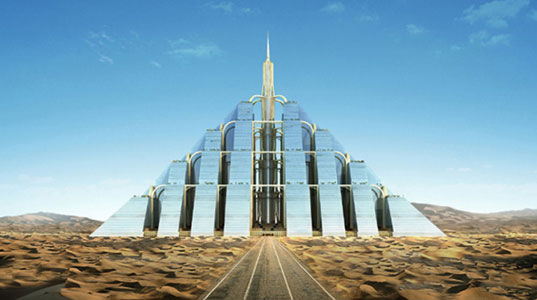 [Image: Dubai's "carbon-neutral" ziggurat, designed by Timelinks].
[Image: Dubai's "carbon-neutral" ziggurat, designed by Timelinks].I'll be in Chicago next week to host a
panel on Saturday, November 8, as part of this year's
Chicago Humanities Festival. The other participants are
Joseph Grima,
Jeffrey Inaba, and
Sam Jacob.
More info:
Look abroad: Whole cities are planned, built, and inhabited in less than a generation. Artificial islands, indoor ski slopes, and the world’s tallest this-and-that are being constructed, not in the West, but in the Middle East, China, and beyond. The result: a sense that the West’s cities are falling behind and, increasingly, watching from the sidelines. A dynamic panel will discuss the accuracy of this assessment of today’s architectural situation. What are the urban implications of so-called offshoring audacity and how can the phenomenon be described without resorting to nationalism, nostalgia, or even uncritical celebration?
The panelists will be Joseph Grima, executive director of New York’s Storefront for Art and Architecture and author of Instant Asia; Jeffrey Inaba, principal architect, Inaba Projects, and professor of architecture at SCI-Arc and Columbia University; and Sam Jacob, visiting professor at Yale University and founding director, Fashion Architecture Taste, a London-based practice. The discussion will be moderated by Geoff Manaugh, author of BLDGBLOG and senior editor of Dwell magazine.
The panel, called
Offshoring Audacity, will begin at 2:30pm, lasting till 4:00, and it will take place at the Chicago History Museum, 1601 N. Clark Street. It costs $5.
I hope some Chicago-based
readers might stop by.
 [Image: Park Gate, Dubai, by Adrian Smith + Gordon Gill Architecture].
[Image: Park Gate, Dubai, by Adrian Smith + Gordon Gill Architecture].The overall theme for the Humanities Festival this year is "big ideas," inspired by architect Daniel Burnham's (possibly apocryphal) statement that one should "
make no little plans." Since we're coming up on the 100-year anniversary of Burnham's urban plan for Chicago, not only does a "big ideas" – or "big plans" – Festival seem appropriate, but a panel about cities and urban design even more so.
 [Image: New Songdo City, South Korea].
[Image: New Songdo City, South Korea].The specific goal, then, is to discuss the idea that the West has begun "offshoring audacity" – urban and architectural audacity – to places like Dubai, Shanghai, Abu Dhabi, Beijing, and South Korea.
The United States, in particular, seems to have ceded its role as an architectural and infrastructural innovator. Every week, a new indoor ski resort or artificial island-city or hyperbolic "green" pyramid is announced somewhere, in a non-Western nation – or the Chinese government announces a program of
urban weather control – leaving the U.S. a nation of failed levees, foreclosed suburbs, and collapsing bridges.
These examples of 21st-century spatial exotica are our era's new fantasy environments – instant cities rolled out across the desert like magic carpets, with all of their plumbing and services intact.
It is architecture at its most audacious (or so we're told).

 [Image: RAK Gateway, Ras Al Khaimah, United Arab Emirates, by OMA].
[Image: RAK Gateway, Ras Al Khaimah, United Arab Emirates, by OMA].The question becomes: How can we discuss all of this without resorting either to chest-puffing nationalism (
it's not true, the West is the best) or to a kind of knee-jerk
Spenglerian resignation (
it's true, the West is over)?
Put another way: Is there really any purpose in celebrating the newest mile-high tower or solar-powered private golf community, as every architecture blog in the world seems to think we need to do right now – or, conversely, is cynicism in the face of mile-high towers really the most interesting or appropriate response?
 [Image: Contemporary architecture's well-rendered visual overload, parodically assembled by OMA].
[Image: Contemporary architecture's well-rendered visual overload, parodically assembled by OMA].There's an interesting exchange in Joseph Grima's new book
Instant Asia: Fast Forward through the Architecture of a Changing Continent. There, Qingyun Ma describes the trajectory of the Chinese architect as one of
concentration: You start off huge, designing million-square-foot office complexes – if not whole cities from scratch – before gradually being established and respected enough in your field simply to design a house, say, or a single storefront.
With this in mind, is the steroidal grandeur of today's Chinese architecture simply the visible articulation of a different professional arc? Start fast – start big – then concentrate?
Are these architects building resumés, not cities?
On the other hand, if many of these towers continue to be designed, engineered, and built by western firms, are we actually witnessing a kind of bizarre projection of the West's own subconscious needs onto the blank slates of other nations? I'm reminded here of Marcus Trimble's quip that China, with its replicant Eiffel Towers and fake chateaux, has become a kind of
architectural back-up harddrive for the French.
Are developing nations being used as blank spatial slates upon which the West will rewrite its own architectural history?
This also brings to mind Martin Heidegger's under-appreciated comment that American gigantism – Koolhaasian
Manhattanism – is simply a grotesque reflection of intellectual tendencies within the trajectory of Europe itself. The U.S., he wrote, was a "concentrated rebound" of European thought, the camouflaged return of its own monstrous offspring.
Is this what we're now witnessing, then, taking architectural form abroad?
Or, conversely, is the presupposed difference here between the West and the Rest so impossible to maintain or to define rigorously that nothing's being "offshored" anywhere –
because there's no outside to offshore to?


 [Images: Waterfront City masterplan, Dubai, by OMA. It's worth reading counter-discussions of this project by Nicolai Ouroussoff and Lebbeus Woods, respectively].
[Images: Waterfront City masterplan, Dubai, by OMA. It's worth reading counter-discussions of this project by Nicolai Ouroussoff and Lebbeus Woods, respectively]. In the end, then, how are we to judge these claims to architectural monstrosity made by 7-star hotels and indoor ski ranges – buildings that supposedly demonstrate alternative futures, or space on maximum overdrive?
Are these places
really that extraordinary – or are they a kind of imaginative cul-de-sac, a sign that architects have resolutely failed to design a more interesting spatial future?
Have we mistaken sheer scale and algorithmic excess for formal bravery?
Has "audacity" in architecture really been "offshored" to other nations, after all – or is
audacity something that architecture has lost altogether?
Where should we look to find the truly audacious?
Stop by the panel on November 8 to hear these and other questions discussed:
Offshoring Audacity.
 I know tartans have been very popular lately but they've always been part of my life ( even my alma mater's mascot is a tartan plaid! seriously). Growing up we were very 'American 'and not very in touch with my Scottish heritage -but there was always an abundance of tartan plaids around especially at my grandparents. Maybe because of that I always associate them with Christmastime.
I know tartans have been very popular lately but they've always been part of my life ( even my alma mater's mascot is a tartan plaid! seriously). Growing up we were very 'American 'and not very in touch with my Scottish heritage -but there was always an abundance of tartan plaids around especially at my grandparents. Maybe because of that I always associate them with Christmastime. 


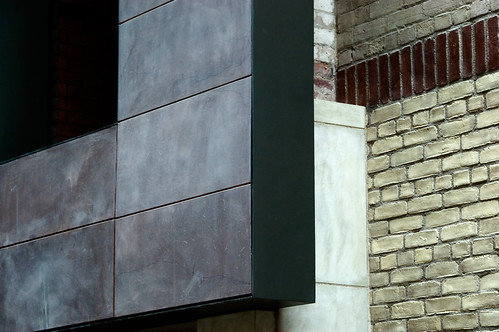
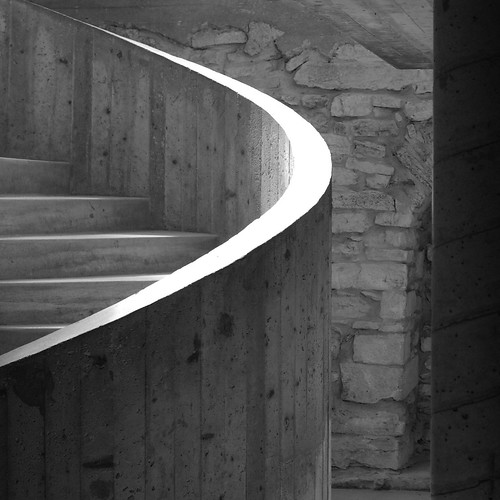

 [Image: Dubai's "
[Image: Dubai's " [Image:
[Image:  [Image:
[Image: 
 [Image:
[Image:  [Image: Contemporary architecture's well-rendered visual overload, parodically assembled by
[Image: Contemporary architecture's well-rendered visual overload, parodically assembled by 

 [Images: Waterfront City masterplan, Dubai, by
[Images: Waterfront City masterplan, Dubai, by  I've been thinking about mirror a lot lately. What do you think of a room that is mirrored? My mind goes instantly to those suburban dining rooms which are tragically mirrored...Or the city apartments that were mirrored back in the 80s - Oy Vey.
I've been thinking about mirror a lot lately. What do you think of a room that is mirrored? My mind goes instantly to those suburban dining rooms which are tragically mirrored...Or the city apartments that were mirrored back in the 80s - Oy Vey. Remember I talked about mirroring my backsplash in the kitchen
Remember I talked about mirroring my backsplash in the kitchen 



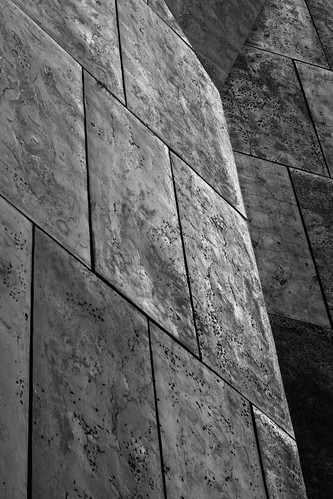
 I recently watched a wonderful dvd "Beau Brummell: This charming man" about the life of George Brummell (nicknamed Beau for obvious reasons). This movie was a BBC Television drama made in 2006 and based on the biography by Ian Kelly. You've probably all heard of this famous man, but aren't sure why.
I recently watched a wonderful dvd "Beau Brummell: This charming man" about the life of George Brummell (nicknamed Beau for obvious reasons). This movie was a BBC Television drama made in 2006 and based on the biography by Ian Kelly. You've probably all heard of this famous man, but aren't sure why.  The handsome James Purefoy (from 'Rome') plays the Regency England dandy who changed male fashion. In an era when men relied on powders, wigs and perfumes in order to appear well groomed and fashionable, Brummell's comparatively simple regiment of common-sense elegance and frequent washing was revolutionary. Matthew Rhys (from brothers and sisters) co-stars as a conniving Lord Byron while the delightful Hugh Bonneville plays the prince and future King George IV.
The handsome James Purefoy (from 'Rome') plays the Regency England dandy who changed male fashion. In an era when men relied on powders, wigs and perfumes in order to appear well groomed and fashionable, Brummell's comparatively simple regiment of common-sense elegance and frequent washing was revolutionary. Matthew Rhys (from brothers and sisters) co-stars as a conniving Lord Byron while the delightful Hugh Bonneville plays the prince and future King George IV.
 An 1805 caricature of Brummell - compare him with James Purefoy in the movie below
An 1805 caricature of Brummell - compare him with James Purefoy in the movie below We all owe a debt to 'Beau' as he went against the times and promoted daily grooming: brushing your teeth, taking a daily bath and shaving. He also advocated pants for men and a more natural style (no wigs, powders and perfumes - those were left for the ladies!).
We all owe a debt to 'Beau' as he went against the times and promoted daily grooming: brushing your teeth, taking a daily bath and shaving. He also advocated pants for men and a more natural style (no wigs, powders and perfumes - those were left for the ladies!). 



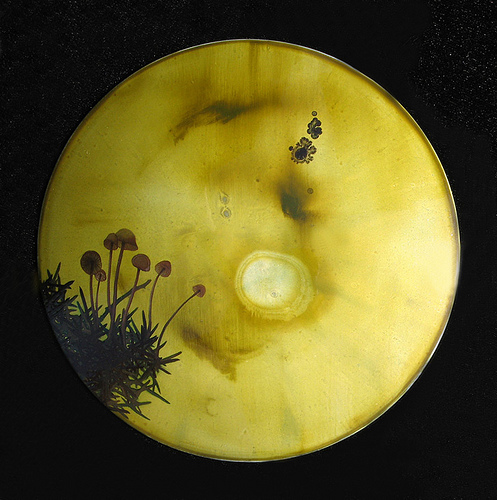 [Image: By
[Image: By 

 [Images: All works by
[Images: All works by  While I can barely do him justice, especially in such a short post, I would like to just talk briefly about Christian Dior as I'm currently reading his autobiography from 1957.
While I can barely do him justice, especially in such a short post, I would like to just talk briefly about Christian Dior as I'm currently reading his autobiography from 1957.







 The models of the house of Dior from 1957. I love the model with alabaster skin and red lips in the black dress! So chic. Her name was Lucky!
The models of the house of Dior from 1957. I love the model with alabaster skin and red lips in the black dress! So chic. Her name was Lucky! A sketch by Dior for the 1951 collections. Such expressive lines, evocative of Gruau.
A sketch by Dior for the 1951 collections. Such expressive lines, evocative of Gruau.
 [Image: From the "atlas of hidden water." Check out the
[Image: From the "atlas of hidden water." Check out the 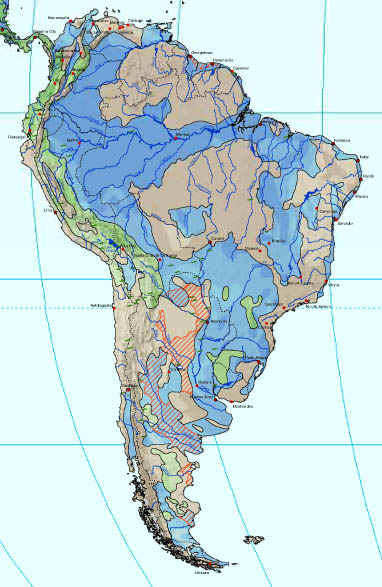 [Image: The "hidden water" of South America].
[Image: The "hidden water" of South America]. [Image: Photo by Andrea Mohin for
[Image: Photo by Andrea Mohin for 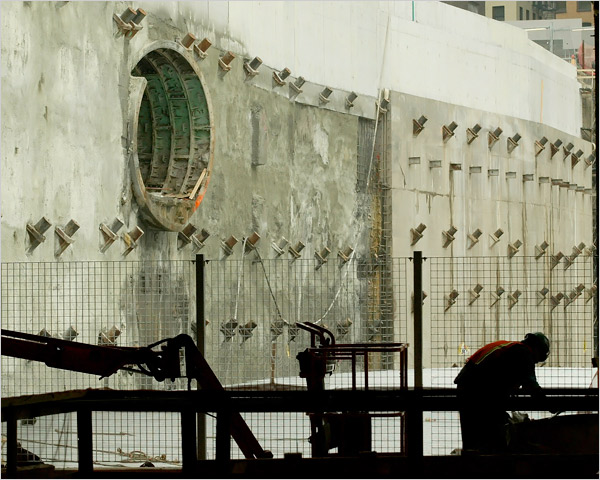 [Image: Photo by Fred R. Conrad for
[Image: Photo by Fred R. Conrad for  [Image: Photo by David W. Dunlap for
[Image: Photo by David W. Dunlap for